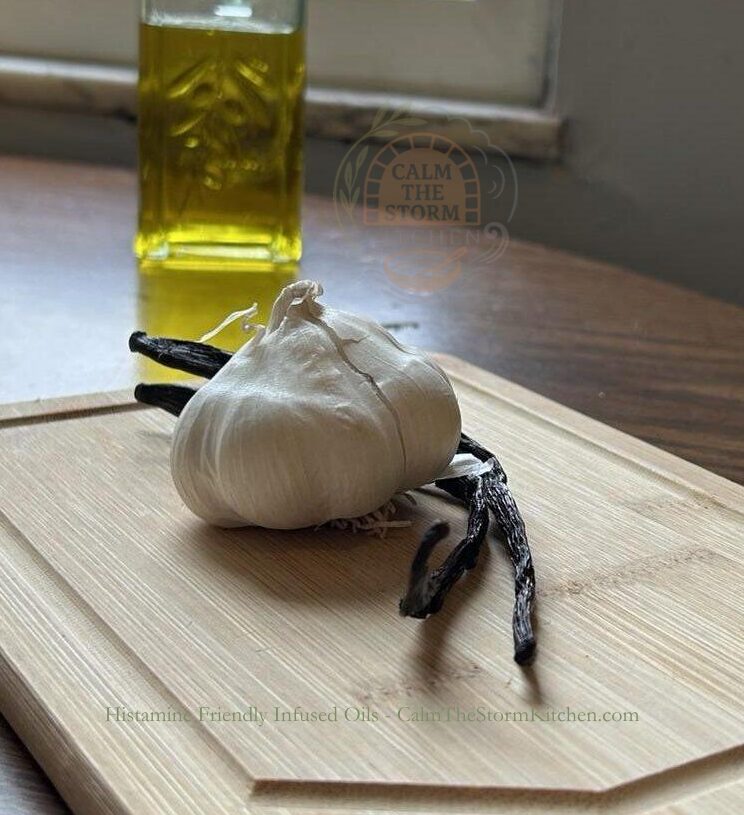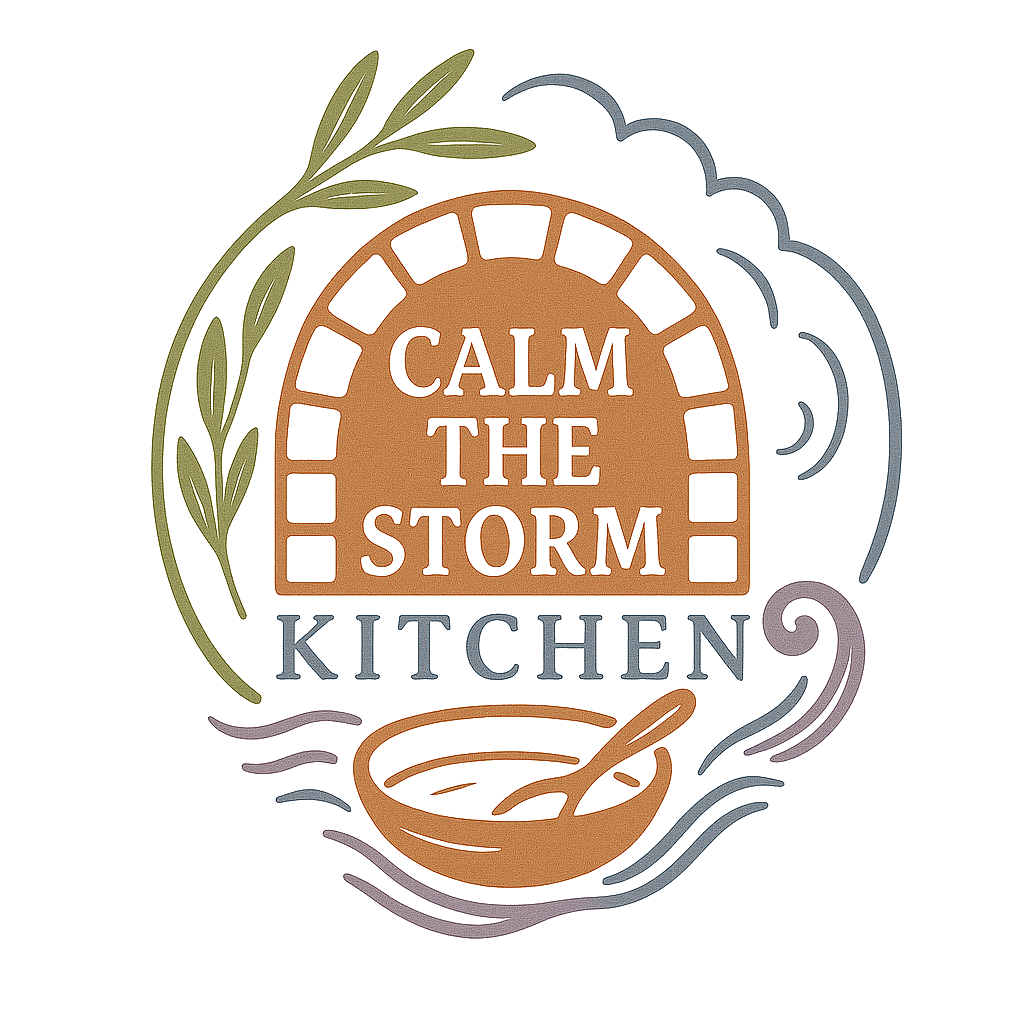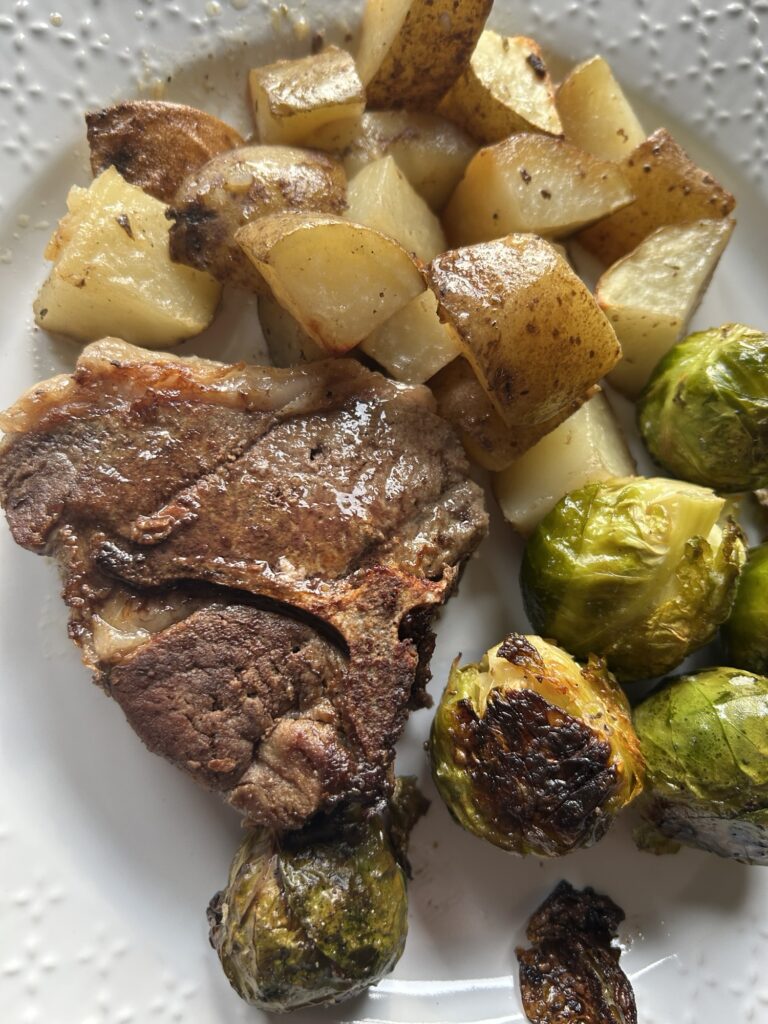Recipes
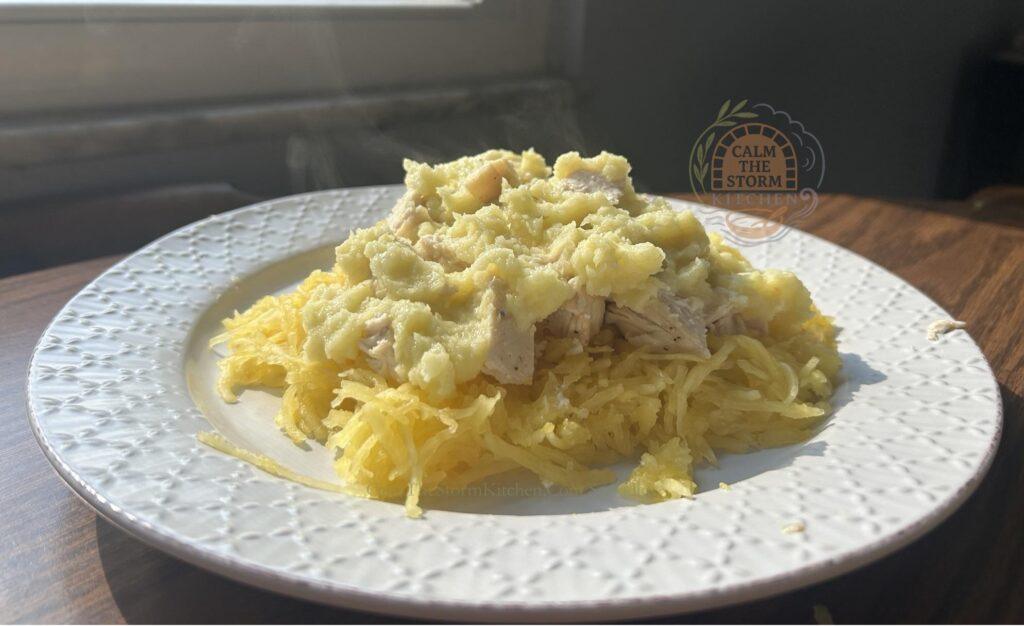
As someone who’s always loved to get creative in the kitchen, experimenting with unique ingredients and flavors has always been my joy. But when histamine intolerance became a part of our family’s story, cooking took on a new challenge. It became about more than just making meals — it was about finding ways to nourish, heal, and create food that supports the body while still satisfying the taste buds. Seeing the dearth of resources online for actual, practical recipes for low histamine diets, inspired me to put my creativity to the test and start this website.
On this page, I’m excited to share recipes that blend creativity with practical, histamine-friendly ingredients — so you and your family can enjoy delicious, healing meals too. These are recipes we all eat in this family, so I hope to demonstrate that you can satisfy dietary restrictions without feeling restricted!
I pray these recipes bring joy and nourishment to your table, filling your home with health and happiness.
My goal is for these recipes to be:
- Practical – Minimally fancy, possible for you to make fresh as often as possible, and accessible
- As Intolerance-Friendly as possible – I will label each recipe for what intolerances should be able to eat it. But remember everyone is different and has different tolerance levels. Information on food intolerances can also be conflicting, so there may be something that does bother you when it’s labelled as it shouldn’t.
- Enjoyable and Flavorful – Just because you are limited does not mean that you are doomed to flavorless sludge for every meal.
There are a few things on your end that are going help as I went into in the information section, especially for histamine intolerance:
- Freeze As Much As You Can– Particularly freeze raw meat, fruit, and leftovers. It seems excessive, but is necessary as histamine increases over time. Salicylates, Oxalates, and FODMAPs also increase overtime.
- Fresh As Possible– Where possible opt for local produce and meats, avoid canned/fermented/aged products. Freezing can help you not to have to cook as much, but you are going to be cooking at least 1-2 meals fresh. To get around bringing a frozen lunch to work, my husband prefers to drink a smoothie that he makes fresh every morning before work.
- Cut out Coffee, Alcohol, Juices, Sodas, and (most) Teas.– As much as it pains me to tell you, you will never feel better if you are consistently drinking anything but water and some herbal teas. My husband has found that 100mg of caffeine in pill form is the best option for getting enough of a jump start for a highly-social early- morning job, but you may find exercise, fresh air, or another option would work for you. I recommend Rooibos Tea especially as it is gentle and well tolerated. Other teas that may work include Red Raspberry Leaf, Dandelion Root, and Ginger Tea if tolerated.
- Try to maintain balance of macronutrients, vitamins, and minerals – It may be tempting to stick to one or two “safe” foods, but it is crucial to find enough and a variety of food sources that you can maintain a balance of calories, fat, protein, minerals (Sodium, Magnesium, Iron, etc.), and vitamins (Vitamin C, B complex, etc.). Taking vitamin supplements may help, but check the ingredients to ensure you aren’t being triggered.
I am always adding new recipes, but it also takes me time to come up with ideas, test them— usually multiple times, and get them refined and ready for you!
Breakfast & Snack Recipes
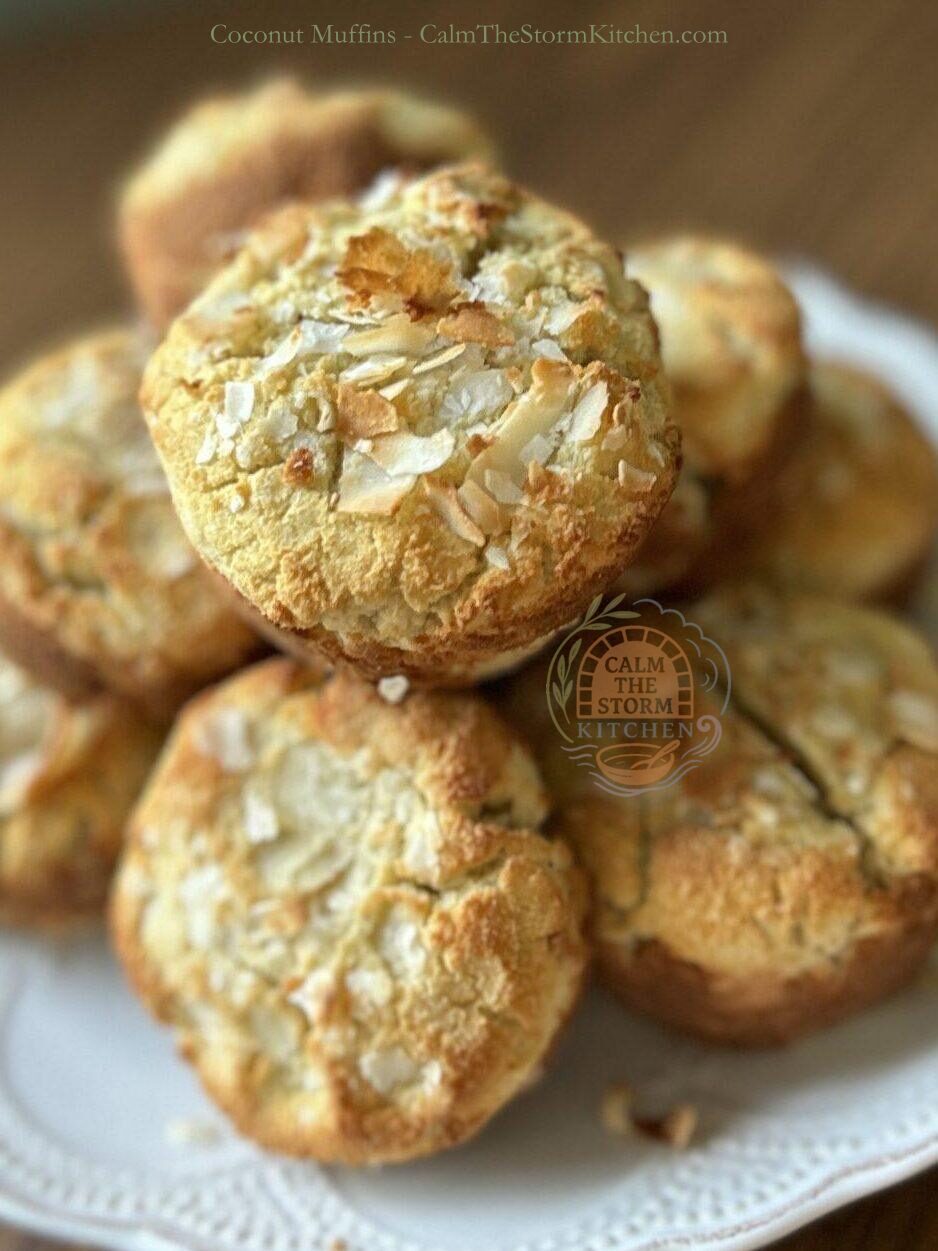
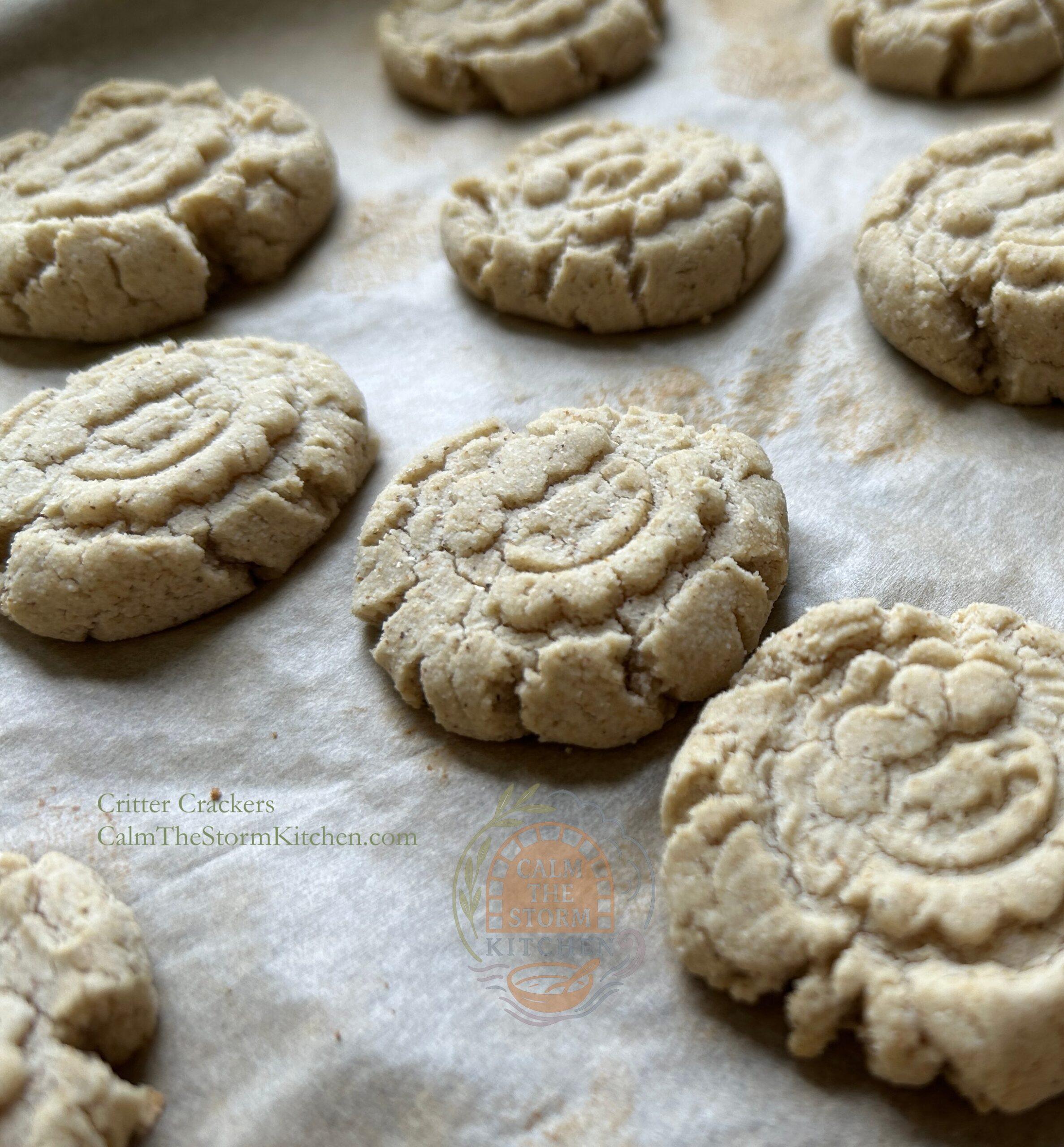
Lunch & Dinner Recipes
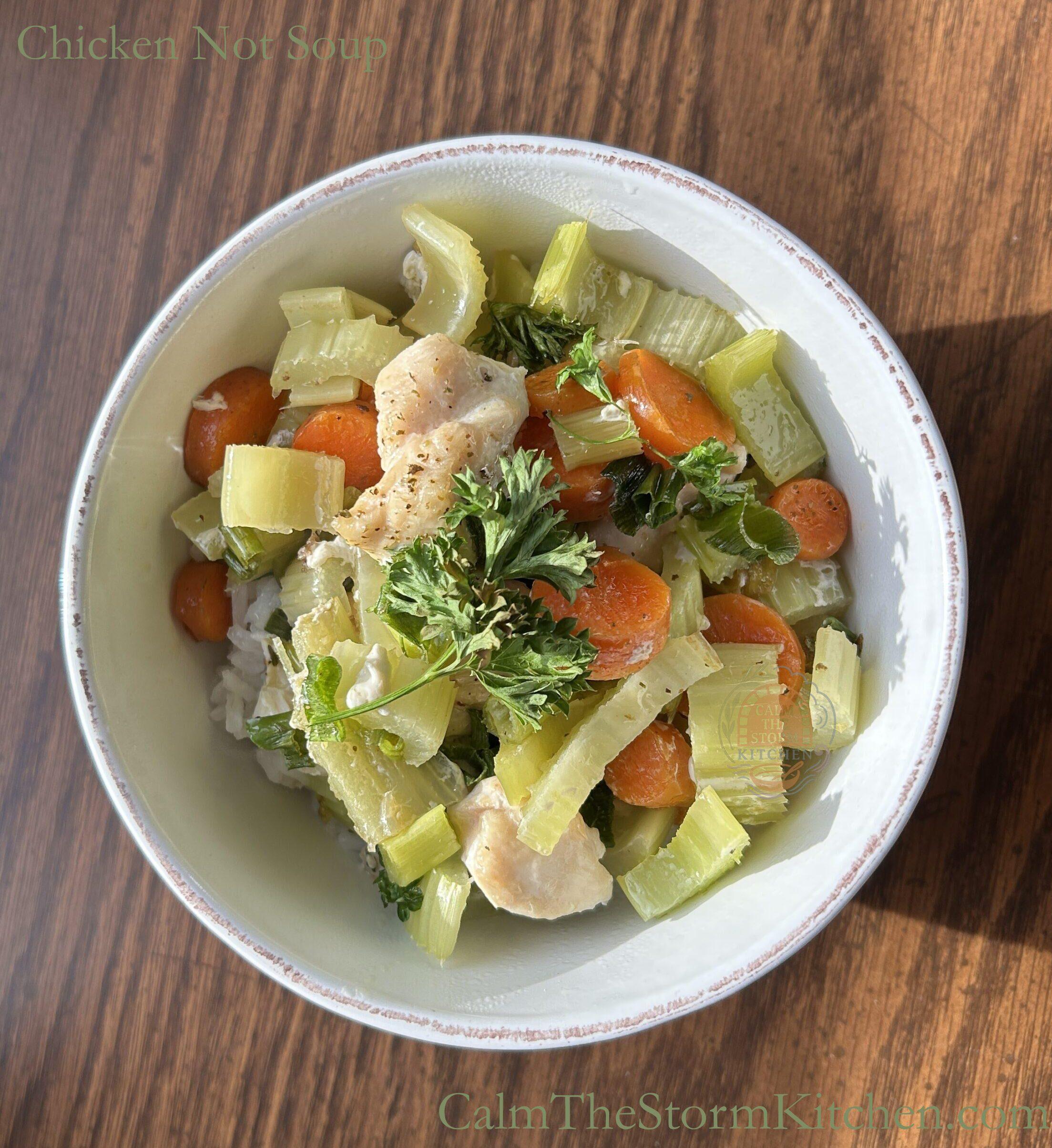
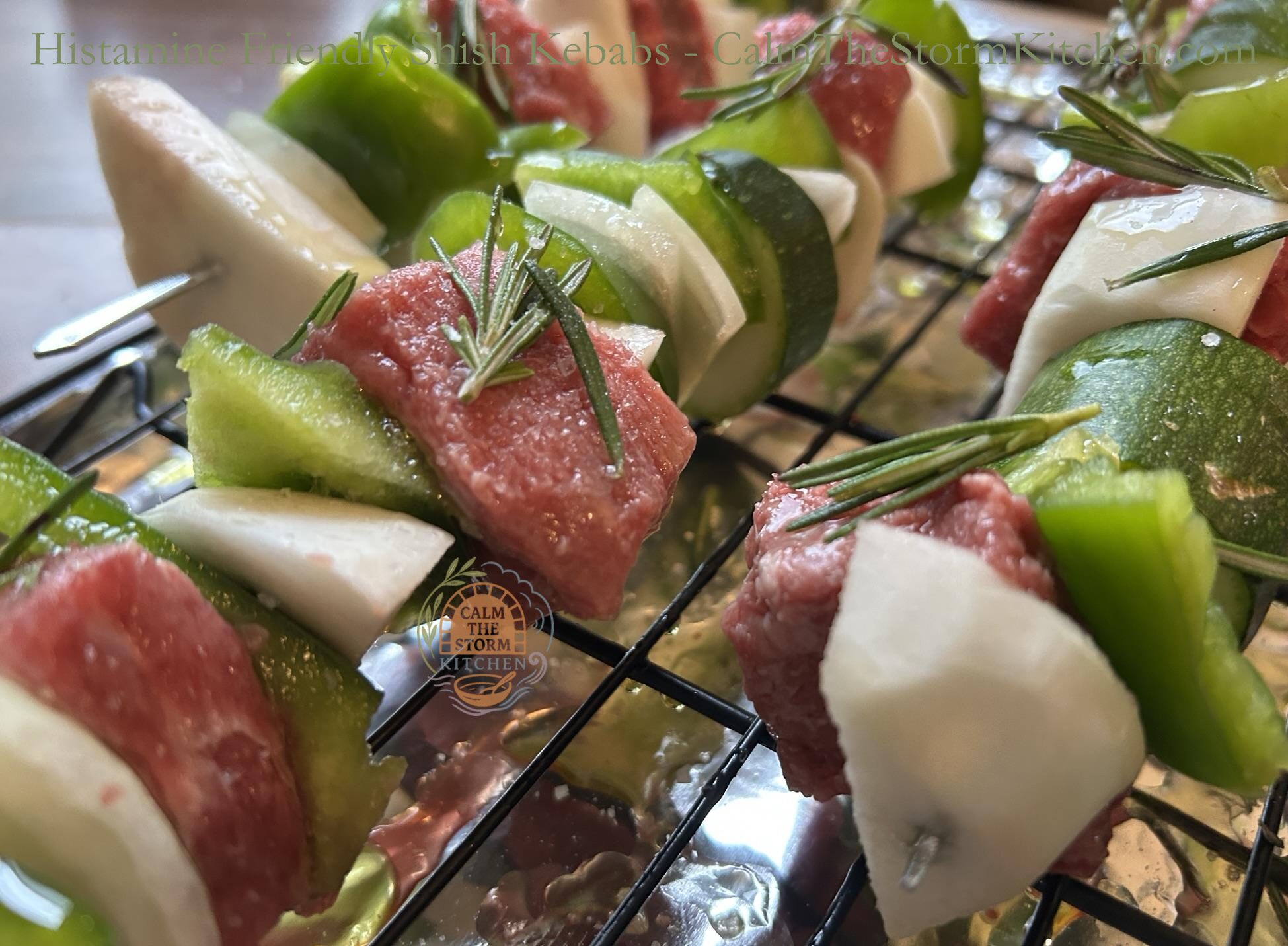
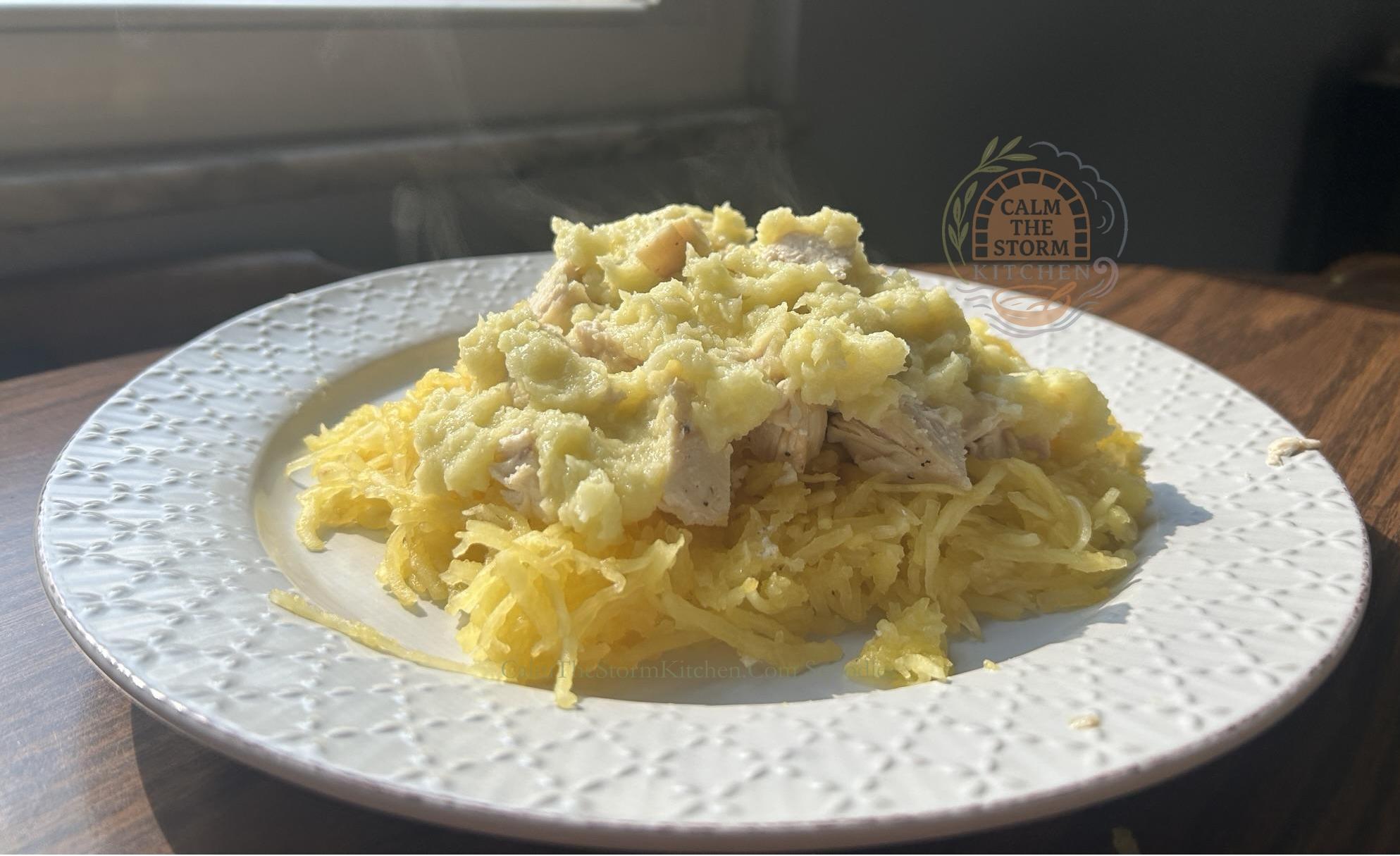
Other Recipes
